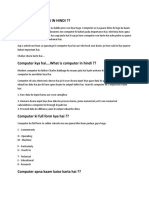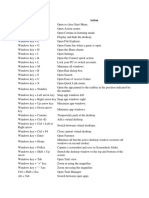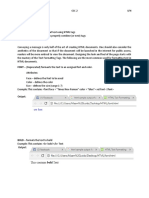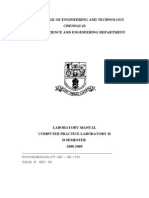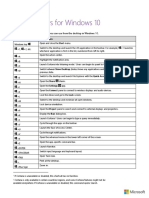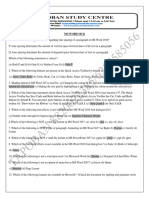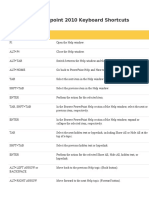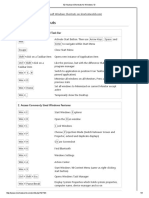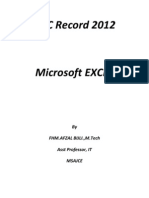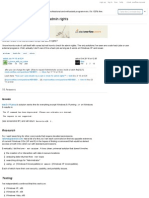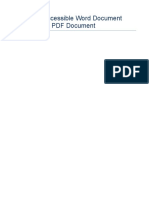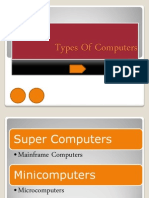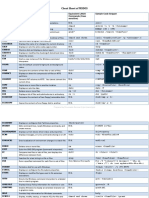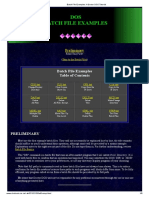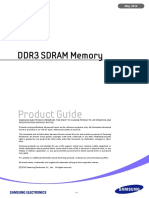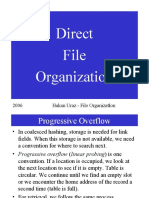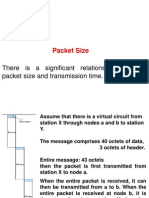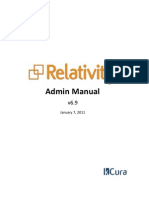0% found this document useful (0 votes)
277 views30 pagesBatch File Commands11
The document provides examples and explanations of various Windows batch file commands. It lists commands like ASSOC, ATTRIB, CD, CHOICE, CLS, CMD, COPY, DATE, DEL, DIR, ECHO and EXIT. For each command, it provides a brief description and an example batch file code to demonstrate the usage of that command. The document is intended to help users learn the basic batch file commands and how to use them.
Uploaded by
kavita.khCopyright
© © All Rights Reserved
We take content rights seriously. If you suspect this is your content, claim it here.
Available Formats
Download as DOCX, PDF, TXT or read online on Scribd
0% found this document useful (0 votes)
277 views30 pagesBatch File Commands11
The document provides examples and explanations of various Windows batch file commands. It lists commands like ASSOC, ATTRIB, CD, CHOICE, CLS, CMD, COPY, DATE, DEL, DIR, ECHO and EXIT. For each command, it provides a brief description and an example batch file code to demonstrate the usage of that command. The document is intended to help users learn the basic batch file commands and how to use them.
Uploaded by
kavita.khCopyright
© © All Rights Reserved
We take content rights seriously. If you suspect this is your content, claim it here.
Available Formats
Download as DOCX, PDF, TXT or read online on Scribd
/ 30









